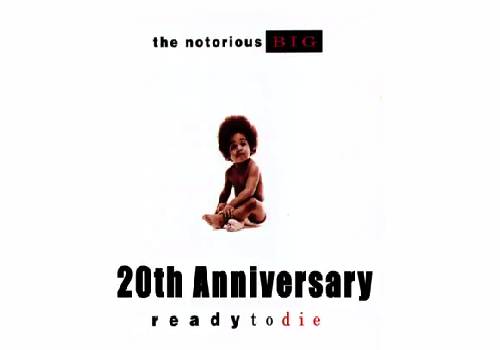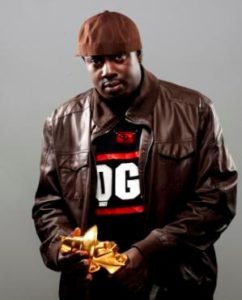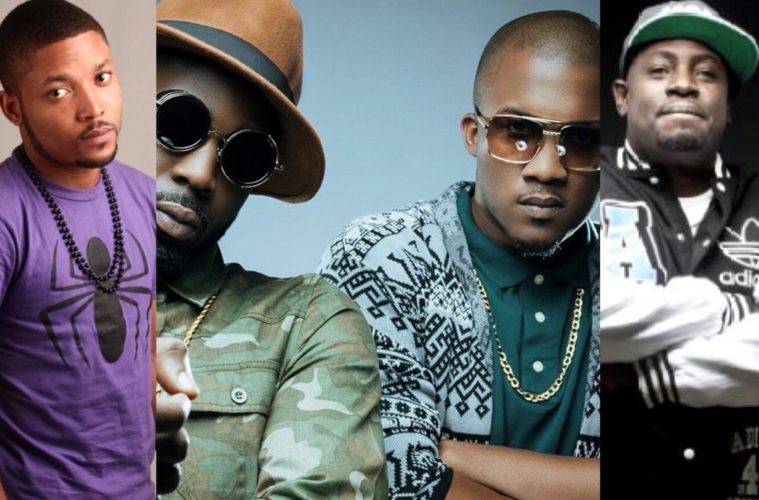Words by Ehis “Combs” Ohunyon
I grew up listening to all genre of music, from sharing a room with my brother who was a huge lover of Afrobeat and bought every single work of Fela and Lagbaja. I went to bed every night with Fela’s conversations after a long opening sequence of instrumentals in my head. I was also exposed to a lot of reggae/ragga music as the house was always filled with materials from the likes of Daddy Showkey, Daddy Fresh, Nico Gravity to mention a few.
However, as the years passed, my exposure to music began to change. The whole Biggie and Tupac beef boiled over and everyone had to pick a side. I was fortunate enough to lay my hands on B.I.G’s Ready to Die album and the album changed everything I knew about rap. Biggie could pick on any topic and rhyme with it, his lyrics and flow were untouchable and the way he put those words together made me a fan of rap music.

Where would rap really be without lyrics? I lived for those rap songs that gave me assignments in decoding the word play and metaphors. Songs that had them all – from a proper rhyme scheme to punch lines, double entendres, poetry, storytelling delivered with the tightest technique.
A painter puts paintings together with many underlying meanings, so at exhibitions, he gets to explain his ideas to interested buyers first-hand. Prospective buyers now get some form of revelation and then sign him a fat cheque. In the same way, the lyricist puts up words in a creatively complex form that makes the listener pause, rewind, step back, increase the volume, replay and fully understand the words. The listener is not just hearing words but creating a vivid image of what is being spoken in their head.
Lyricism was the backbone upon which hip-hop blossomed, from the days of party raps to skilled lyricism, the founders embraced the art in various form. Songs were written detailing racial abuse, political struggles, how they once sold drugs on the streets to survive and police violence – rappers had something to say. But fast forward to today and hip-hop is losing its narrative, music is moving at a pace faster than Usain Bolt on steroids, such that no one is paying attention for too long. If a line is not understood on the first listen, then, like they say on social media, it is ‘un-relatable’. No one cares to explore deeper meanings or unravel the beauty of the art form anymore.
Award shows have not helped this course either, most awards on our shores do not have a songwriting category. Add to this, when the Headies – arguably Nigeria’s most glamorous music awards – set up the ‘Lyricist on the Roll’ category, many rap lovers welcomed this as it was seen as a reward to those that are still putting in work when it comes to songwriting and setting standards lyrics-wise.

Mode Nine
The category has had its fair share of controversies with Mode Nine the biggest winner bagging 7 out of the 10 editions held thus far. But in recent times we have seen weird songs being nominated and even winning, so much so that one begins to question if that was the best the industry could offer.
There have been debates as to the importance of lyrics in today’s music, when all you need to have a hit record is a heavy beat suited for the dance floor, a melodious and catchy sing- along hook. We are in the age of great beats and empty artist but the problem with this is the transient life cycle of the song. Yes it pops for a while but like fast food, the effect is short-lived. In the words of legendary rapper, Common, “our music is the cuts that we bleed through”, but when the music is not saying anything, what then is its use?
We need the lyricists, the Boogeys, the Show Dem Camps and the Mode Nines, and we should not allow them die. It is a raw skill that should be appreciated, instead of being always quick to tag them boring or be impatient to connect with their message. The lyricist not only tells a story but ensures that the music is a complete product and not just one slice of the pizza. When the beat is right, the melody comes good and you get heavy message-laden verses rendered, then you have experienced the entirety of the surreal art form of rap.
Lyricism also gets the debate going, the argument about who is the greater emcee stems from the topics the artist have preached through their lyrics. Fans continue to argue over who was a better rapper between Biggie and Pac, there is still no conclusion on “Ether” vs “Takeover”, Remy Ma released “ShETHER” dissing Nicki Minaj and rolled back the years on a forgotten career. Most hip-hop heads still hold the likes of Nas and Rakim in high regards even though their songs have not exactly popped on the mainstream. That is the power of lyricism, it transcends beyond the now.
If the music is important to you, then take time out to consume the lyrics, no need to be in a rush to criticize it or pass a verdict after one listen. There are layers to some lyrics that only multiple and purposeful listens will decipher. Yes at times it will be simple and basic, like Mode Nine on Cry and Nas on “I Can”, yet on other occasions, the emcee will seek to test his growth with complex artistry like Nas on Rewind and Mode Nine did on Pentium IX.
Ehis “Combs” Ohunyon is a Lagos-based realtor, asset valuer and writer


